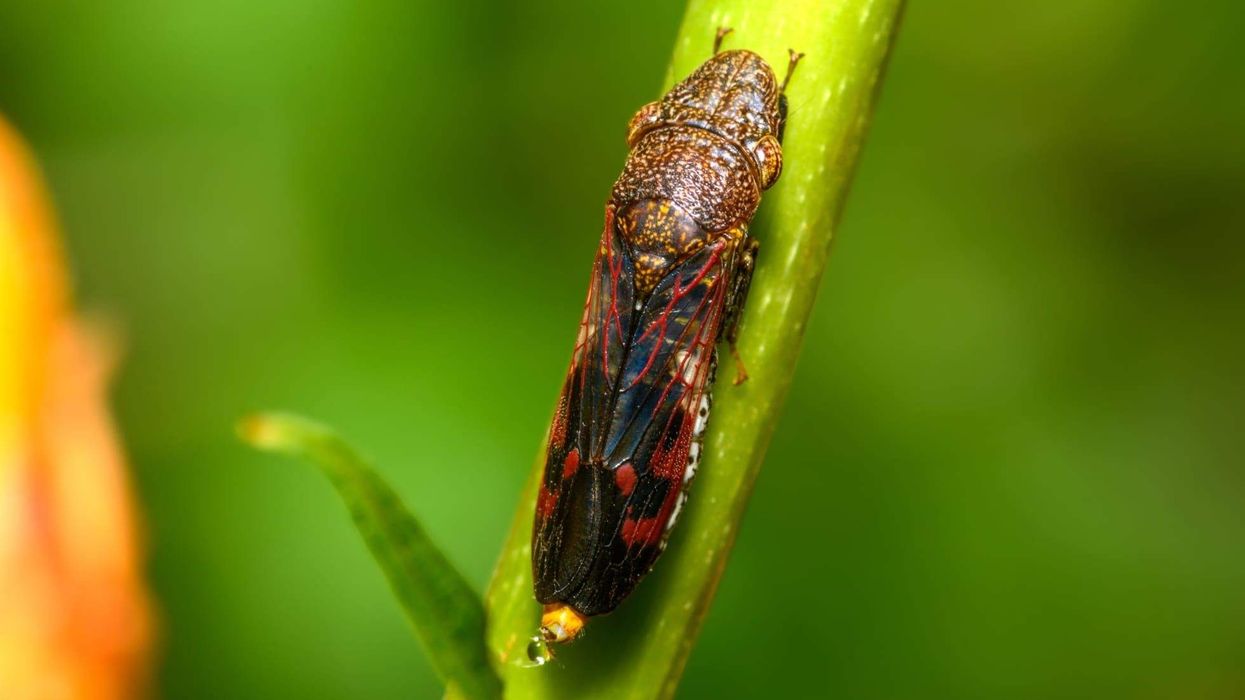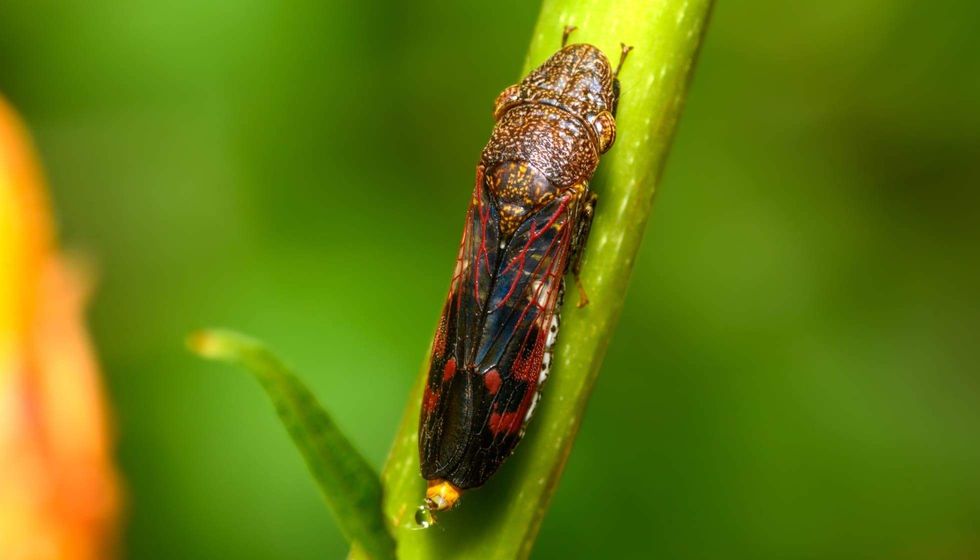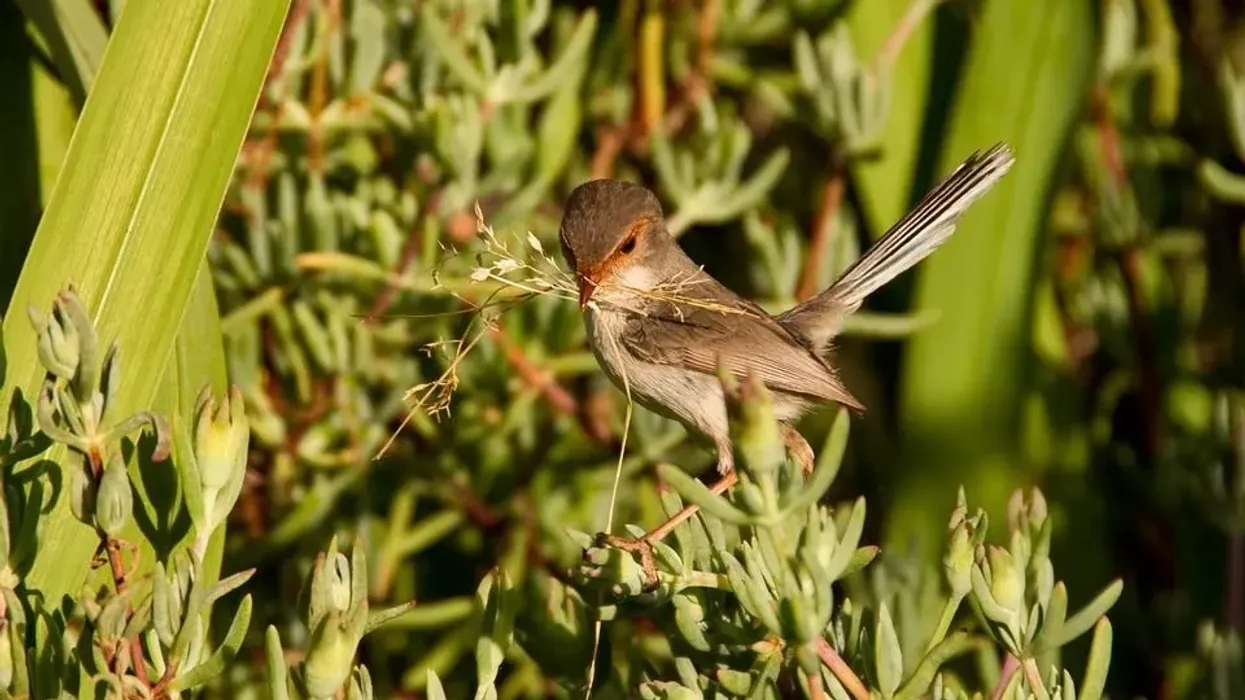When we think of the smallest animals, we think of the world of insects. Nevertheless, how about the smallest of insects?
In this article, we will learn about the smallest insects that are found throughout the world, the fairyfly. The fairyfly, fair wasp, or Mymaridae was discovered in 1833 by Alexander Henry Haliday.
The fairy fly has been flying over the world for a while. There are fossil records of many species of the fairyfly, some of which date back to 107 million years ago, to the Albian age.
There are more than seven genera of fairyfly that were identified and classified from fossil records, including Carpenteriana and Triadomerus. New species of fairyfly are being discovered even now.
For instance, the Tinkerbella nana fairyfly was identified in Costa Rica in 2013 by Huber and Noyes. Additionally, these small insects are used as biological pest control in many parts of the world, as they feed on other insects.
Read on to the very end of this article to learn cool science facts about the fairyfly. If you enjoy reading science facts on such insects, make sure to check these articles on the fairy moth and the black-legged tick.
Fairyfly Interesting Facts
What type of animal is a Fairyfly?
Fairy fly, or fairyfly, is the common name for the family Mymaridae. These insects are part of the family of Chalcid wasps.
What class of animal does a Fairyfly belong to?
The fairyfly (Mymaridae) belongs to the class Insecta. Furthermore, the fairyfly belongs to the order Hymenoptera and the subfamily Chalcidoidea.
How many Fairyflies are there in the world?
The fairyfly (Mymaridae) population is hard to estimate because they are tiny. With new species being discovered even now, one can only guess at their population.
Where does a Fairyfly live?
These insects are known to inhabit various places all over the world. They are most commonly found in New Zealand, Australia, and much of South America, including Costa Rica and Peru, which is known to have a greater diversity of Mymaridae.
What is a Fairyfly's habitat?
As has been mentioned above, the fairy wasp lives in a wide variety of habitats, from tropical forests to deserts. There are at least five species that are known to thrive in aquatic environments, such as the Caraphractus cinctus, that can survive underwater for up to 15 days.
Who do Fairyflies live with?
Fairyfly eggs are laid together in large numbers. Additionally, their lifespan is generally about a week, which makes it difficult for any fairy wasp to live much of a solitary life. Although they are always close to other fairyflies, they do not necessarily interact all that much.
How long does a Fairyfly live?
Being understudied insects, the average lifespan of the Mymaridae is hard to estimate, considering the diversity of its species. Although, we do know that the species of the genus Anagrus live between three and 11 days, while species of the genus Mymar live for about five days.
How do they reproduce?
There is no courting behavior observed in any of the species of fairyfly. It has been observed that a female is fertilized by only one male.
Different species have shown little mating quirks. In species like Prestwichia aquatica, Anaphes nipponicus, and Anagrus armatus, it is common for the female fairyfly to outnumber the male in ratios of about 20 to 1 in a brood. Also, there are species where the sex ratio is inversed, as is the case with Polynema striaticorne.
The female fairyfly lays about 100 eggs. It is at this stage that the bizarre parasitic aspect of fairyfly reproduction comes into play.
Once the female is carrying fertilized eggs, she actively looks for the host eggs of another insect. Once the female finds such eggs, it will check if they are suitable by inserting its antennae into them.
If the eggs are deemed fit, the female will lay her eggs into the hosts' eggs. It only takes between six hours and two days after this point for the fairyfly larvae to hatch.
What is their conservation status?
These insects are very hard to find. Thus, it is even harder to ascertain whether a given species is on the verge of extinction or not. There are no known targeted conservation efforts for fairy wasps. As well as this it is not listed in the IUCN (International Union for Conservation of Nature) Red List.
Fairyfly Fun Facts
What do Fairyflies look like?

*Please note the main image and this image are of a glassy-winged sharpshooter that belongs to the same family as the Fairyflies. If you have an image of a Fairyfly please let us know at hello@kidadl.com.
Fairyflies are really small insects, as they are part of the same superfamily as the chalcid wasps. Their color may be black, brown, or even yellow.
Their antennae are a feature that helps differentiate between the male from the female. The female antennae are tipped like a club, while the male antennae resemble a thread-like look. There is a wide variety in the appearance of their wings too.
Some species may have a hairy appearance owing to their wings, which have long bristles. Other species may have tiny wings or none at all.
How cute are they?
A fairyfly is barely visible to the naked eye, it is, thus, hard to label them as cute. Although named 'fairy', it is pretty cruel in the sense that the fly preys on other insects' eggs and use those very egg sacs to lay its eggs.
It is safe to say that such behavior alone disqualifies the fly from being cute.
How do they communicate?
Insects this small do not have any known, sophisticated methods of communication. Some species of wasps do use pheromones to communicate information on food sources and mating. Science and research are yet to fully understand how these animals intersect and more studies are underway with this objective.
How big is a Fairyfly?
Fairy wasps are some of the smallest insects. Their length can range between 0.02 and 0.03 in (0.5- 1.0 mm).
Dicopomorpha echmepterygis, the world's smallest known insect, is part of the family Mymaridae, with a length of just 0.006 in (0.13 mm). The smallest flying insect, Kikiki huna, is a fairyfly too, with a body that is just 0.006 in (0.15 mm) long.
How fast can a Fairyfly fly?
The flying speed of the fairyfly is not yet known.
How much does a Fairyfly weigh?
Being extremely tiny, the weight of individual fairyfly is almost negligible. It is safe to assume that no fairyfly is over 1 mg in weight. Termites, which can be about 10 times bigger in size, weigh only about 2.5 mg. So, one can make an educated guess about how little the fairyflies weigh.
What are the male and female names of the species?
There are no unique names for the male and female fairyfly.
What would you call a baby Fairyfly?
Baby fairyfly can be referred to as fairyfly larvae.
What do they eat?
Fairyflies feed on other insects as they hatch, which can help control other insects' populations. Even as adults their reliance on other insects is critical, as they feed on the eggs of other insects. Fairy wasps are, thus, used as a means to control the population of pests like flies, leafhoppers, and booklice.
Are they dangerous?
Fairyflies are not dangerous to humans in any way. However, they are parasites to other insects and can pose a serious threat to them.
Would they make a good pet?
Fairy wasps won't make good pets. For one, they are too small to even be visible most of the time, and secondly, they don't have life spans that can even last a week.
Did you know...
The fairyfly is used as a biological tool to control the pest population. This use of the fairyfly has been done in New Zealand, Australia, and Hawaii among other countries.
The latest addition to the family Myamairdae is the new species Tinkerbella nana. The genus Tinkerbella, which has one species - Tinkerbella nana, was discovered in Costa Rica in 2013. John Huber from the Canadian National Collection of Insects and John Noyes from the Natural History Museum identified Tinkerbella nana.
How do Fairyflies fly?
For fairy wasps, the wind around them is like a liquid. They use their wings like oars to maneuver themselves in the air, as opposed to flapping like birds. This adaptation is possible because of their extremely lightweight.
The Fairyfly's eggs
The fairyfly is a parasitoid, which lays its eggs in another insect's egg sacs using its ovipositor. At most, the females can lay about 100 eggs.
Here at Kidadl, we have carefully created lots of interesting family-friendly animal facts for everyone to discover! Learn more about some other arthropods including ambush bug facts and Reduviidae facts.
You can even occupy yourself at home by coloring in one of our free printable fairyfly coloring pages.









